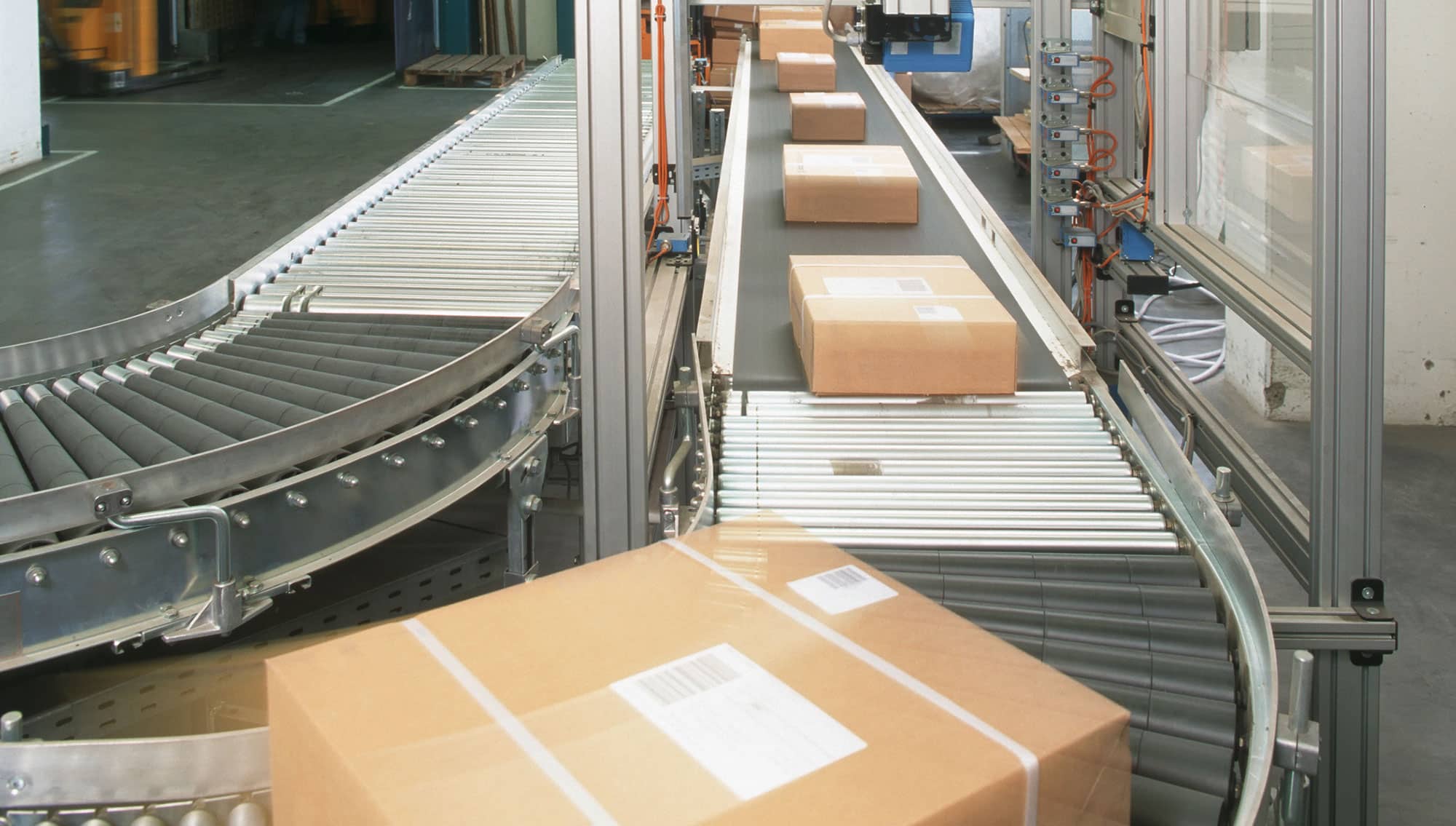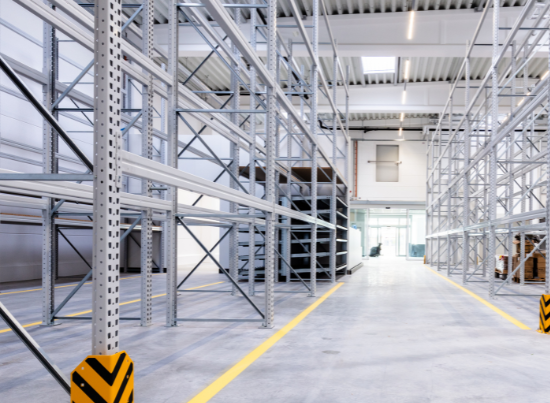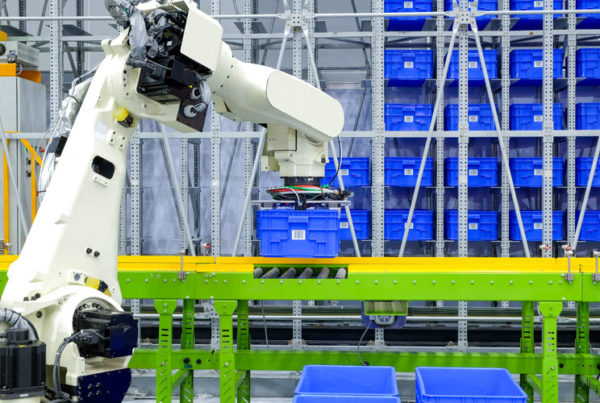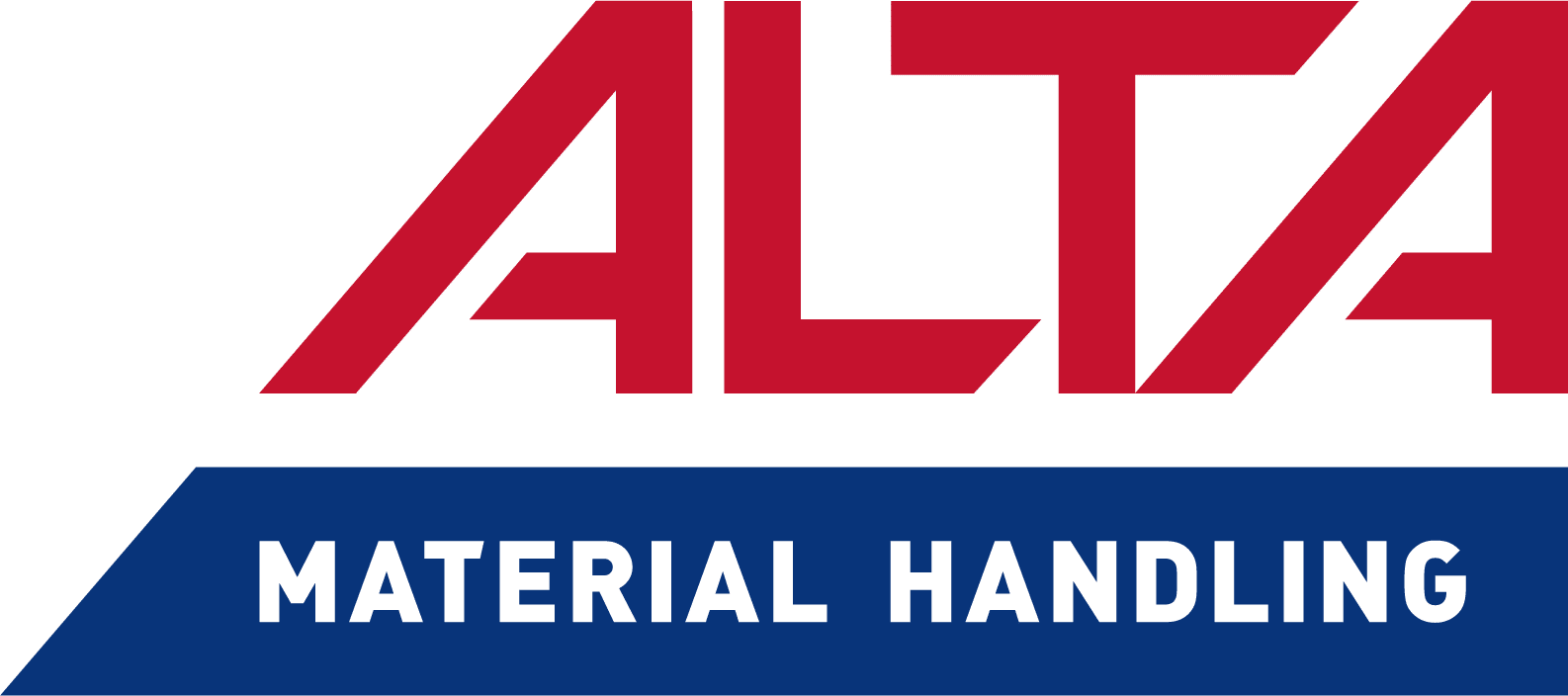How do you optimize project implementations?
With nearly 30 years of experience, we’ve identified the four key components to ensuring long-term success.
Invest in ongoing training
Once the system is in, debugged and tested, it is vital to train your staff on how to properly run it.
Partner an experienced integrator who will help your employees understand the importance of knowing the system inside and out, and who will design training for each level of interaction with the new system and technology. At PeakLogix, we typically create three tiers of training, and more when needed, including:
• Manager level trainer highlighting key points of the system
• Operator level training to know how to recover if something goes awry
• Maintenance level training to fix 90-95% of issues in house
With turnover of staff in distribution centers averaging about 35%, you may fully replace your distribution center staff in about three years after implementation. Regular training is critical to maintaining optimal operations. The right integrator will add long-term value by keeping your system optimized through an annual review process and yearly training.
Stock up on spare parts upfront
To avoid costly downtime of your operations, we always emphasize the importance of keeping spare parts in inventory within your facilities. Spare parts are not always readily accessible, so you never want to assume your parts are only a phone call away. Don’t let spare parts – or lack thereof – bring your operations to a halt and affect your bottom line.
Simply put, don’t let a $10 part put your $1M system out of commission.
Develop a maintenance plan and review it yearly
Maintenance is the most important aspect of achieving long-term success with your implementation. As we say often, if you take care of your material handling system, it will take care of you and your customers.
Maintain the ongoing and optimized performance of your system by developing a two-pronged plan, including preventative and emergency maintenance. If you have an in-house team, your integrator should provide specialized training and help you develop a thorough maintenance plan to help your team diagnose issues and recover quickly.
If you don’t have an in-house maintenance team, create a comprehensive plan that clearly outlines various scenarios and their corresponding mitigation, including action items and resources.
Then, review your system and maintenance plan annually to analyze its performance, address any issues, inquire about operational enhancement, and more.
Adapt to new technology that can enhance your system
Consult with your integrator about any budget constraints that may limit your system scope. The right integrator will arrive at creative solutions to your current needs and future projections by incorporating future enhancements into the system plans to extend its value. This approach will assist in reaching your long-term objectives while creating a strong case for your capital project.
Our niche at PeakLogix is configuring a budget that plugs into additional features and functionality as technology evolves to create additional gains over the long term. We know that a well-designed system will accept future enhancements with limited effort to drive your efficiency even more, especially as your company grows.
You can get a sense of how often you’ll want to enhance your system by looking at your business growth strategy and sales pattern. If you’re experiencing hyper growth, you’ll more frequently add on to your system.





